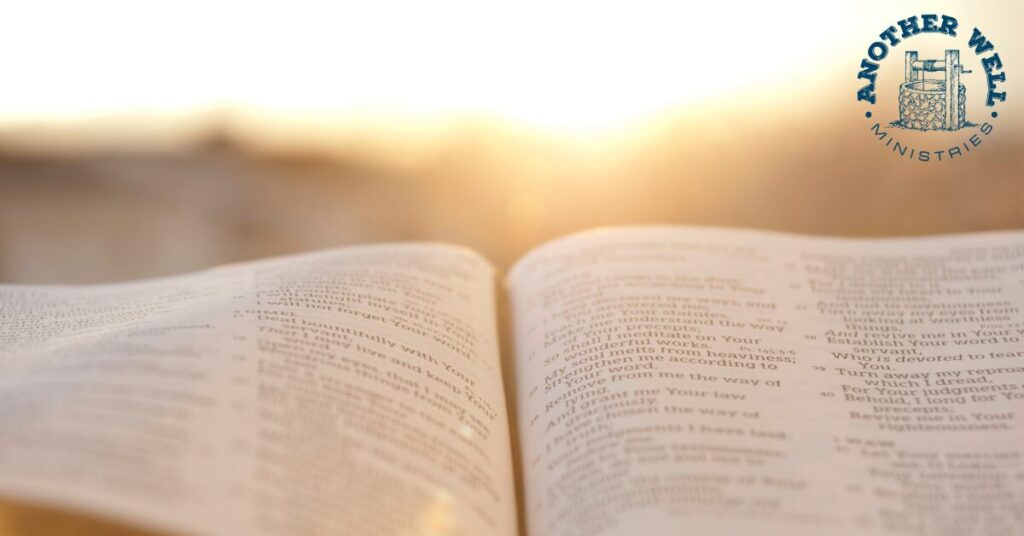While so-called world leaders such as US President Joe Biden try to blame inflation on the Russia-Ukraine crisis, what they are really doing is encouraging the public to look for someone other than the government and banks to blame for growing living costs.
True, war and other international crises can disrupt supply chains and boost the price of specific items, but why have prices been rising for years if the current Eastern European war is to blame?
House prices in Canada have nearly doubled under Prime Minister Justin Trudeau.
While COVID has clearly aggravated the problem, the answer lies in the government’s deliberate recklessness in spending and its connection to the hidden government tax known as inflation.
To begin with, inflation is not simply a rise in the cost of goods and services. Inflation has resulted in this situation. Inflation is precisely what it sounds like: the inflation (extension) of the currency supply in its purest form.
For years, economists, politicians, and bankers have used unnecessarily complicated terminology to obscure the plain truth behind what appears to be complicated monetary policy.
The terms “quantitative easing” and “creating money out of thin air” are employed because they sound more appealing to the public. The term “fractional reserve banking” is more appealing to the general public than defining what it means.
To put it another way, central banks not only generate money out of thin air by taking on debt, but the “cash” in your bank account isn’t even backed by actual money.
“No major institution in the US has so poor a record of performance over so long a period as the Federal Reserve, yet so high a public reputation,” said Nobel prize winning economist Milton Friedman.
I will personally claim that practically every central bank in the world has contributed to the global financial crisis.
Whether you live in Canada or the United States, you are well aware that government spending has spiraled out of control, particularly during COVID, but not only. At the height of the so-called epidemic, the Federal Reserve, for example, increased money printing by 26%.
This translates to a staggering 42 percent rise in the overall number of dollars in circulation in just 18 months, according to a Brownstone Institute article.
There are only two methods for the government to get money to spend, and both involve us, the common people.
The first method is inconvenient, but it is also more honest: taxation. The government declares a financial emergency and raises our taxes as a result. We pay higher taxes, thus “giving” our money to the government to spend instead of us.
While no one loves paying taxes, the government can also raise funds through inflation, which is a hidden tax. Instead of informing us that we will have less money, central banks grow their debt on their balance sheets, generate and loan money to governments, and our money loses purchasing power as a result of supply and demand.
The government does not even need to raise taxes to tax us because of inflation. The central banks simply produce money, loan it to the government as debt, and it is spent.
The problem is that the more central banks and governments do this, the more money circulates and our purchasing power diminishes. We may still have the same $900, but it will only purchase us $800 worth of products in the scenario above.
Inflation’s other pernicious feature is that it is all-pervasive.
While the government may levy a specific tax on a certain product, such as gasoline, inflation lowers the value of the dollar, which affects every single purchase we make, because every transaction we do is denominated in dollars.
Inflation is the ideal covert tax for the government. Rather than being taxed directly, the government and central banks generate money and take the purchasing power of our money without ever touching it.
So, what exactly does this imply?
It suggests that inflation is unlikely to slow down anytime soon. Even if government expenditure is cut (which is unlikely), inflation will persist as more and more of the money created in the previous two years is infused into the economy.
The velocity of money transactions will continue to pick up as societies reopen in the post-COVID period, and prices will continue to climb.
According to Peter Schiff, an economist who correctly foresaw the 2008 real-estate catastrophe,
Schiff says governments that locked down the economy through COVID while printing money to give out as “stimulus” payments “was the worst possible combination of monetary policy.”
“As we ordered people to stop working, and people went home and were no longer producing goods and services, we gave them additional money to buy the stuff that nobody was producing.”
As prices rise, people will feel as though they need to spend their money today, because tomorrow it will buy them less, and this will further exacerbate the problem.
I’m not an economist and I’m not a financial adviser, nor do I have a crystal ball. But I think as people continue to lose confidence in the value of their government-minted money, a move toward tangible, hard assets is inevitable.
Putting money into things that retain value seems to be the only course of action people can take to hedge against government-induced inflation and protect their wealth. Whether the answer is gold, silver, land, oil, foreign stocks, or something else, I do not know, but with the recklessness of government spending and the insane monetary policies of central banks, I do not think the answer is going to be continuing to trust our constantly devaluing dollars.






